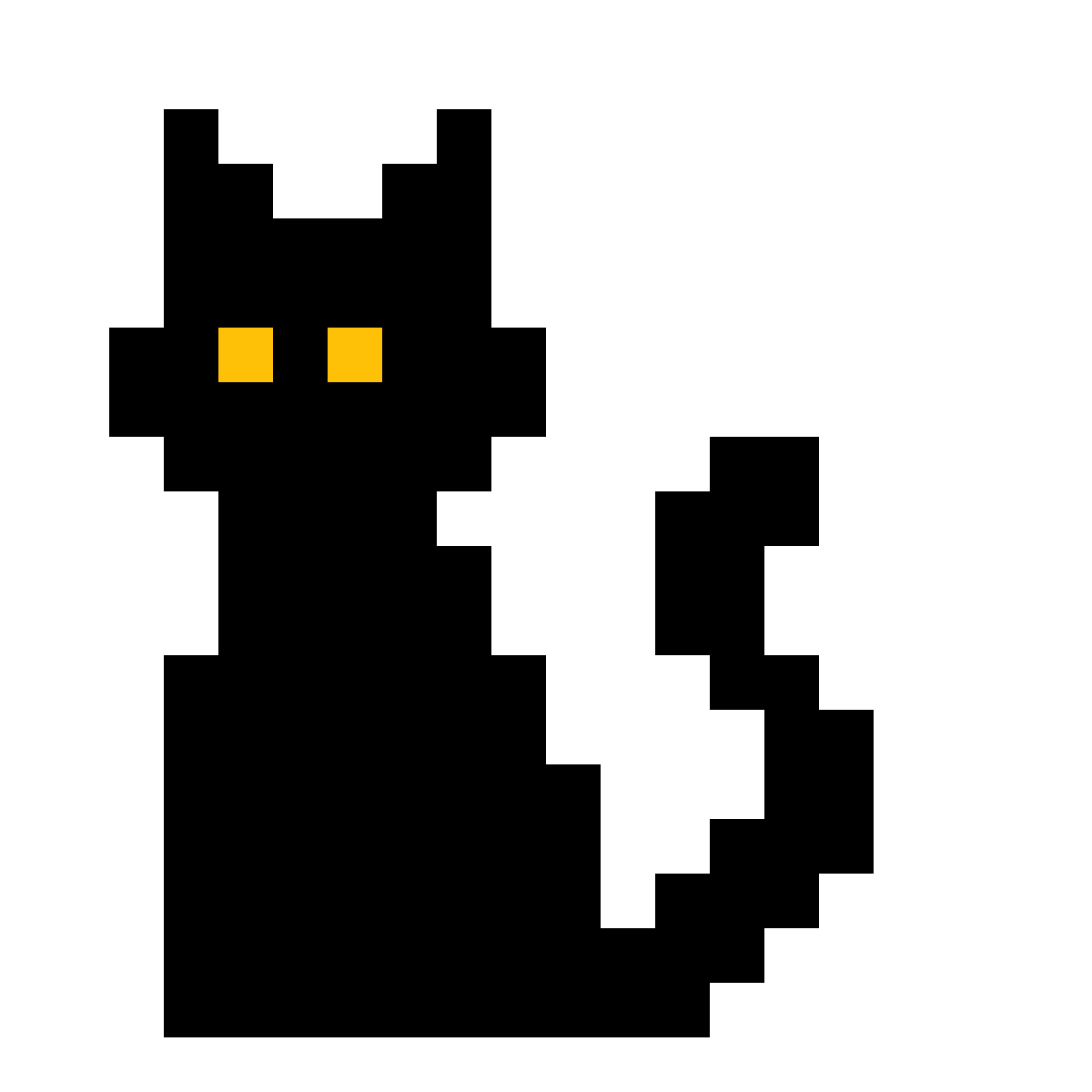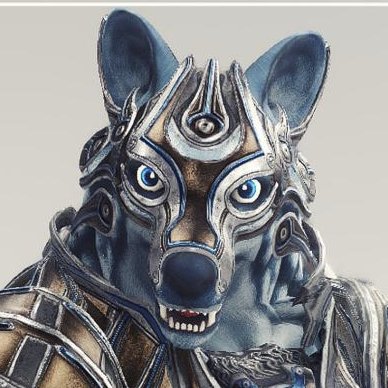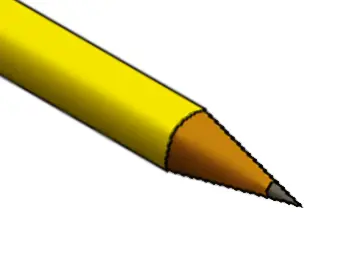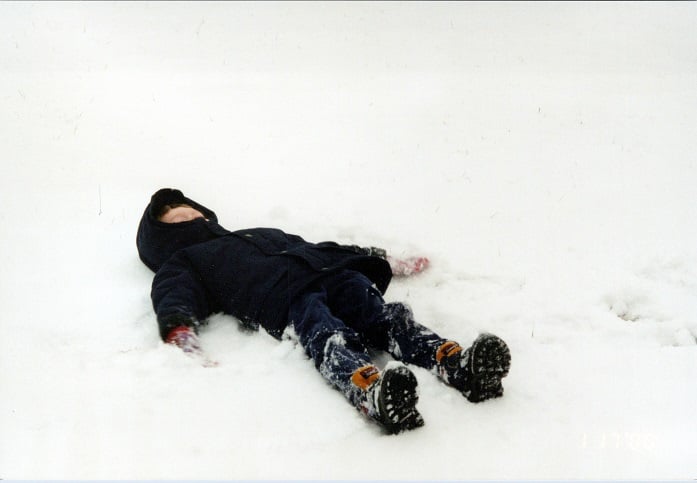I maintain that the definition of wrong is a function of the intended outcome. The former method is absolutely the correct approach for obtaining 2 dimensional horse-smoothies. And morbidly repainting the workshop.
I enjoy horse mince. Got some in my freezer right now.
Mmm.
I also enjoy horses as animals.
Probably should have peeled them first, otherwise the hairy skin gets stuck in your teeth like kiwis.
See, this is what I like about the Internet: No matter how obscure, a subject matter expert is almost always right there.
Thanks, buddy.
I didn’t know New Zealanders had tough, hairy skin. Thanks for the education!
Which is which?
actually.
the projection loses a lot of information. while a compression technically maps a 3d object into a 2d space,
are there mathematical way to do a “squish” projection?
You can define Hilbert Curves that map n dimensions on to n−1 dimensions.
next interesting question, how would a 3d object look if we map it to a 3d Hilbert curve, and unfold to a 2d hilbert curve.
would properties of the original object be visible, IE, if we use a sphere, would the projection look like a circle?
if the sphere is only a shell and it’s empty inside, would the Hilbert projection show it?
or would the information be scrambled beyond recognition?
Well, if you map the Mona Lisa onto a Hilbert curve and untangle the curve, you get a long sequence of random blotches of color. So I guess the horse won’t be recognizable in 2D.
any protection to a line will be meaningless, mostly because we can’t really put lots of visual information in a single extremely long line.
however,.I disagree in principle, if we flatten a bug, the end result is slightly abstract but we can still identify the bug and features. so we can theoretically agree that a 3d>2d mapping can be done so information is still positionally related a and not scrambled.
question is if the Hilbert projection would do that (i doubt that). but there must be projection methods that would actually work
if we flatten a bug, the end result is slightly abstract but we can still identify the bug and features
I believe that you’re thinking of squishing a bug. But that’s a very lossy projection. In its 2D state you only look at the topmost portion of the bug, which is recognizable. But you’re choosing to ignore the infinitely many points that make up all the other layers of the bug. If you had to put them somewhere, too, the resulting picture would be very hard to make sense of.
I’m including all the “goo”. all the internal organs will be spread out, and even though they won’t be near the original place, they’ll still maintain lots of proximity relations.
I’m not using it as a perfect example. but as an example that a volumetric 2d projection could maintain positional information, rather than information getting scrambled.
unless gpt fucked up (I do data science, this is far beyond my skills), this is what a sphere in a Hilbert projection looks like:

might be better to use a volume filling surface rather than a volume filling line
heillo annnd velcome to ze hydraulic press channel
Today ve haff zis little horsey. Zis little horsey looks prutty dangerous, so ve must deal wif it.
dddrrrrRRRRRRRRRRRRRRRRR
Today we will be pressing a klein bottle
While you can make a three-dimensional body two-dimensional with this method, it will irreparably morph the body and make an incorrect image. Plus, it would hurt.









